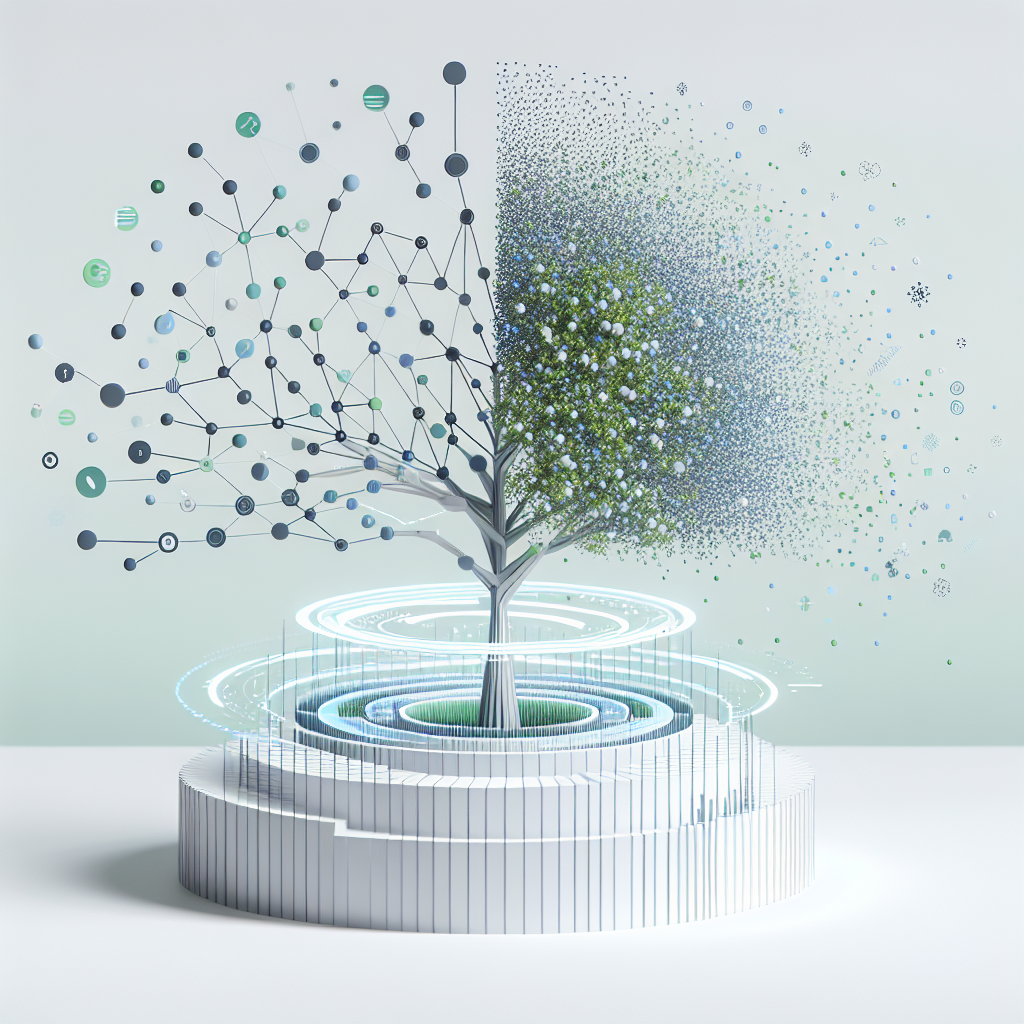The Evolution of Urban Tree Monitoring
In a groundbreaking development, researchers from MIT CSAIL, Google, and Purdue University have created “Tree-D Fusion,” an innovative system that combines artificial intelligence with tree-growth models. This revolutionary technology has resulted in North America’s first extensive database of 600,000 environmentally-aware, simulation-ready tree models.
Bridging Traditional Forestry with Modern AI
Tree-D Fusion represents a significant advancement over previous urban forest monitoring methods. The system can generate complete 3D models from single images, including typically hidden features like the backside of trees not visible in street-view photos. This hybrid approach utilizes:
- Deep learning to create 3D envelopes of tree shapes
- Traditional procedural models for simulating branch and leaf patterns
- Environmental condition predictions under different climate scenarios
Practical Applications and Urban Planning
The technology offers numerous practical applications for urban development and environmental management:
- Predicting potential interference between growing branches and power lines
- Identifying optimal locations for tree placement to maximize cooling effects
- Monitoring tree health and growth patterns across urban landscapes
- Supporting environmental justice through equitable green space distribution
Technical Challenges and Future Prospects
While Tree-D Fusion marks significant progress, it faces unique challenges in computer vision. Trees’ dynamic nature, constantly changing due to wind and growth, requires innovative approaches beyond traditional 3D modeling techniques. The system’s simulation-ready models can estimate future tree shapes based on environmental conditions, though challenges like the “entangled tree problem” remain to be solved.
The research team aims to expand the platform’s capabilities to a global scale, supporting biodiversity and promoting sustainability through AI-driven insights.
Click here to read more about this groundbreaking research at MIT News

